New Construction Moving Forward Under Revised Timeline
WCHS is estimated to save around $400,000 a year, plus drastically cutting energy costs even after sunset if the Powerwall / battery system is installed. Photo by Nicholas Brandt
March 4, 2019
BY NICHOLAS BRANDT
WCUSD is planning to provide WCHS with significant upgrades to the science and performing arts departments by 2020, and plans to save thousands with solar panel installation. The construction around campus that was announced after the passing of California ballot Measure ES is now projected to continue as planned. The parking lot underneath the solar panels adjacent to the O building is scheduled to begin progress in approximately eight to ten weeks, with the project being finished about six weeks after the start of construction. After the parking lot has been constructed, the parking lot on the street corner of Fernwood and Cameron Ave will be replaced with the CTE Science building and the Performing Arts center will be built next to the recently refurbished tennis courts.
“The plans are currently at the state architect for their final review and approval. Once we gain that final review and approval from the state, we can solicit contractors to bid on these projects as they become available,” WCUSD Director of Facilities and Capital Projects David Larkin said. “The first one that we’ve got to construct is the CTE Science building, we plan to start construction around the middle of June of 2019, and the completion date is about 12 to 14 months after that.”
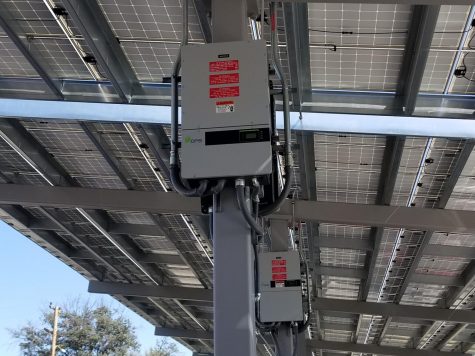
The solar panels that were constructed around campus in the L building parking lots, behind the baseball field and O- building grassy area are already completed projects that were completed without the use of any Measure ES funding. Larkin estimates that WCHS solar saves the district approximately $400,000 a year in energy cost avoidance thanks to this development. Extra energy (overproduction) is sent back to Edison, which pays the district a sum of money in return for the energy. Unfortunately, the extra energy generated from the panels cannot be collected and stored for after sunset usage without the installation of a Powerwall/ battery system, a new innovation in solar technology that functions like a battery and accumulates excess solar generation to be used after the sun goes down. Powerwall / battery systems have been backed up in Puerto Rico to support the grid after damage sustained in Hurricane Maria, and when Tesla is able to allocate more resources for US-based projects, the solar panels might be equipped with Powerwall / battery systems to lessen future energy costs.
However, another problem has arisen in relation to the solar panels. After hours, the parking lots would be a safety hazard due to the lack of light in the area. To combat this issue, lights were installed underneath the solar panels and were programmed to activate and brighten the parking lots. Many after-school clubs have reported that these lights do not turn on and that the area is darker than usual as the solar panels block nearby light sources.
“In the past, there were lights in front of the drama room. Since my classroom is in the L portables, now that light is being filtered out by the solar panels. We were told that there are lights underneath the solar panels, but those have not been activated yet. It creates a really dark atmosphere in front of our classrooms and in the parking lot,” Renaissance advisor Erin Reid said.
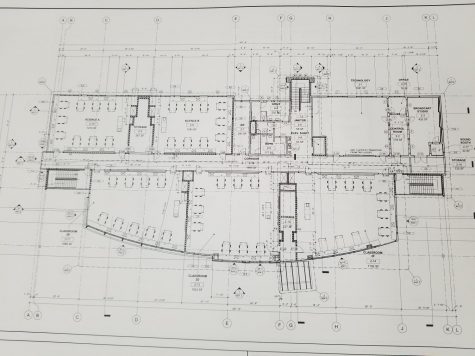
As the lights have not been working, parents and students alike have expressed concerns about the sunset arriving earlier in the winter months and the safety issues that arrive with it. Reid estimates that there are anywhere from 30 to 150 students rehearsing and working on campus after dark, as well as four to ten advisors to supervise and assist their clubs. She notes that students have had to either use their cell phone flashlights or move inside of classrooms to continue their work.
The lights underneath the solar panels are designed to activate off of a motion sensor. If the lights are not functioning, the district will act as soon as possible to restore functionality to the affected technology and to provide some additional lighting as needed to facilitate student needs.
The next step for construction after the completion of the new parking lot in May or June lies in the construction of the new CTE Science building and Performing Arts Center. Both structures will be implemented to further enhance the technology and space available to each department. Many areas around campus were part of the original construction of WCHS in the late 1950s, and the science and performing arts departments are excited to be able to use their new facilities in the future.
“The new facility that they are creating is going to accommodate all of our needs. We’re going to have a full-size studio, a pro lighting room for multiple camera angles, a green screen, and a control room so we can mix our shows live and send them straight to the classrooms. We’re going to have three different spaces in our new facility for editing, mixing, and recording,” Video Production advisor Drew Lorenger said.
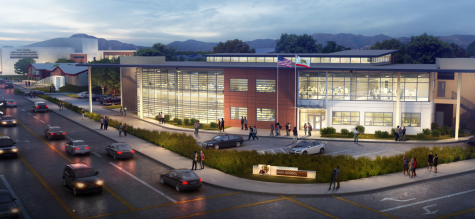
Larkin anticipates that the Science CTE building will finish construction in August of 2020, with the Performing Arts Center opening its doors approximately six months after. These schedules are flexible and always being adjusted depending on unforeseen delays, shortages of steel, miscellaneous materials and weather conditions. The weather, especially in the colder months when rainfall in Southern California rises, can cause complications with the excavation of building foundations. Edgewood High School’s pool reconstruction is an example of this complication, the hole in the ground had become flooded with water after a storm earlier this year.
Students at WCHS might encounter slight disturbances as the construction around campus is scheduled be performed during normal school hours. There are plans to begin the more intrusive projects the day after school is out for the summer to help eliminate any major disturbances throughout the normal school day.
“Hopefully once the weather breaks, we can start construction. We currently have a lot of other projects going on, but I hope to blast through all these projects sooner than later and make everybody happy,” Larkin said.

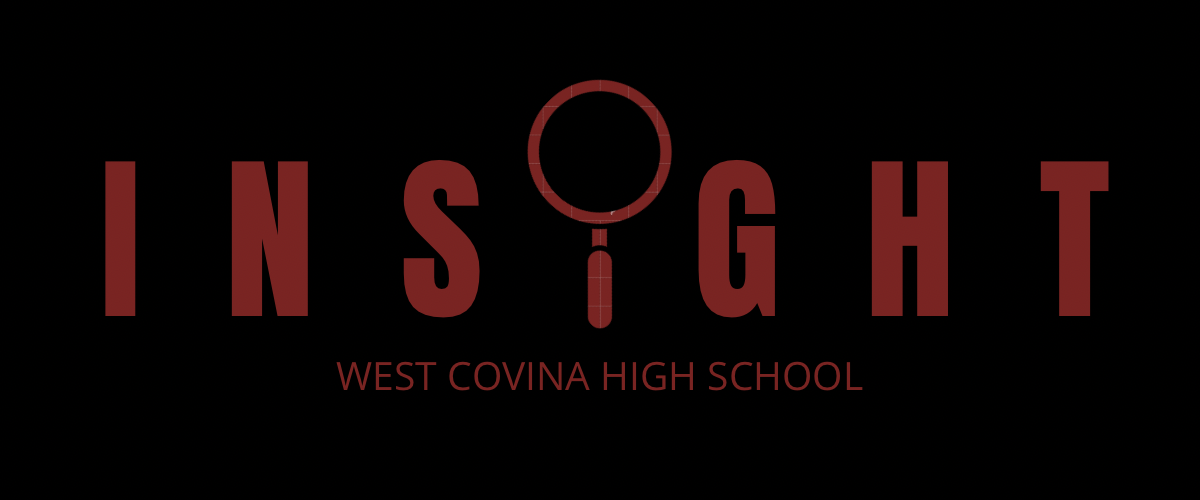
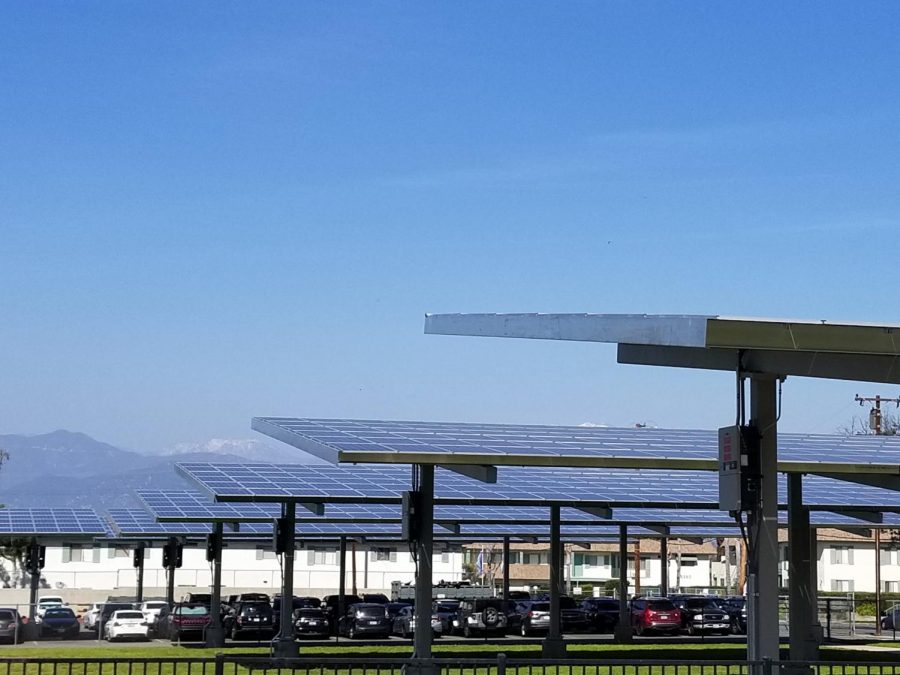
Lisette • Mar 25, 2019 at 10:44 am
I think people should not be so lazy. They should clean up after themselves. Then we not have custordians.